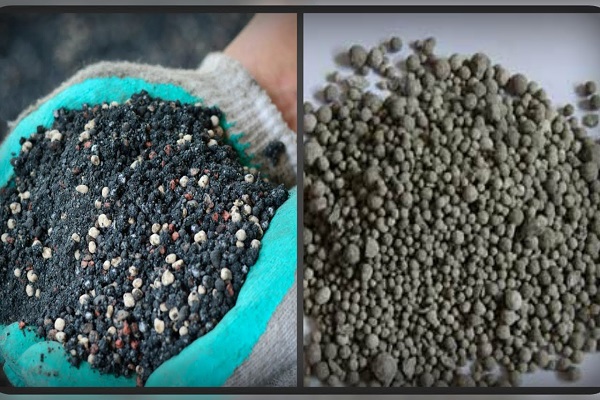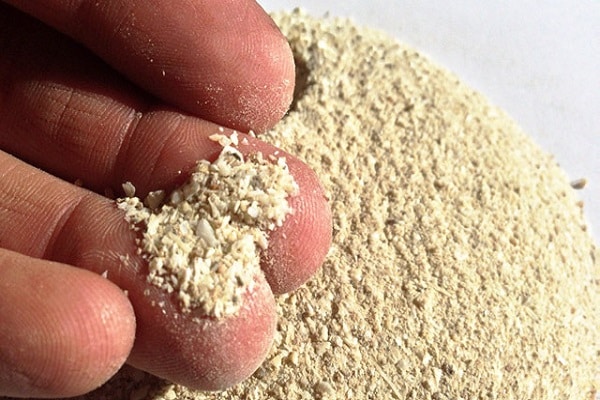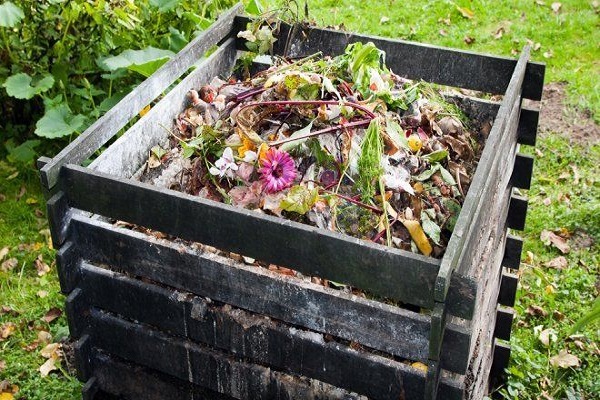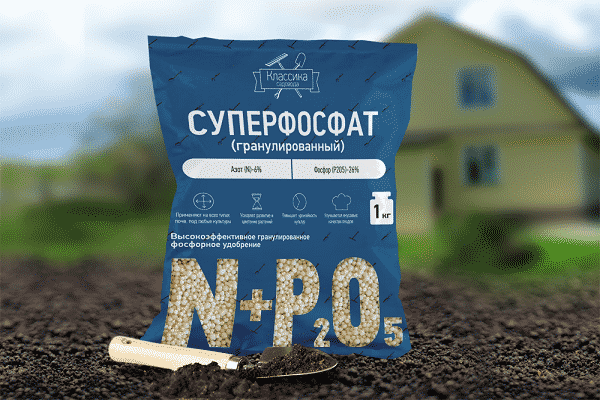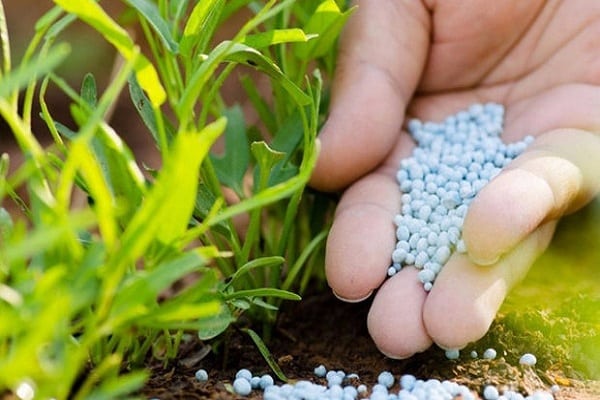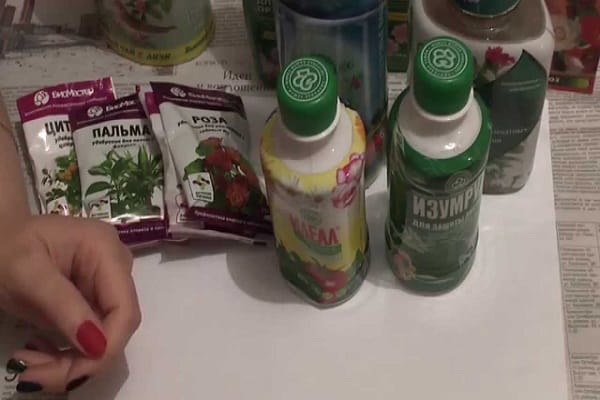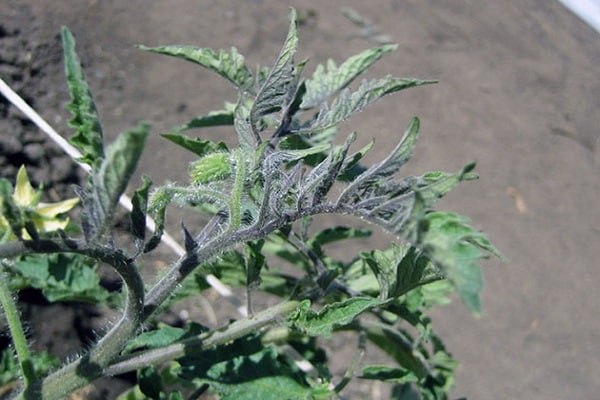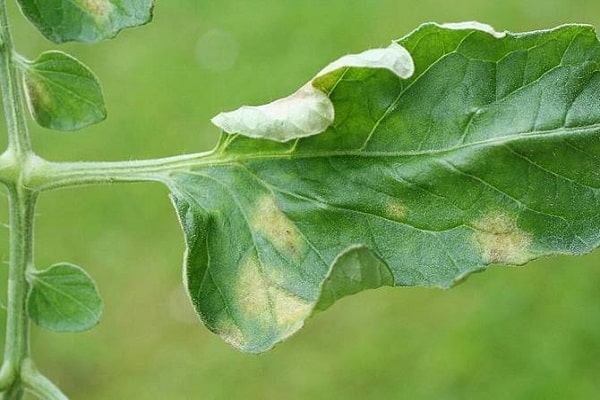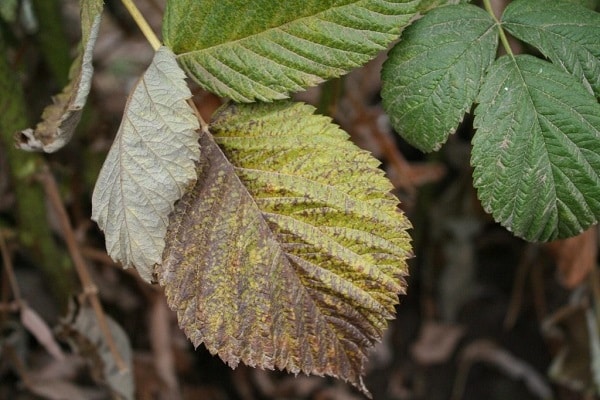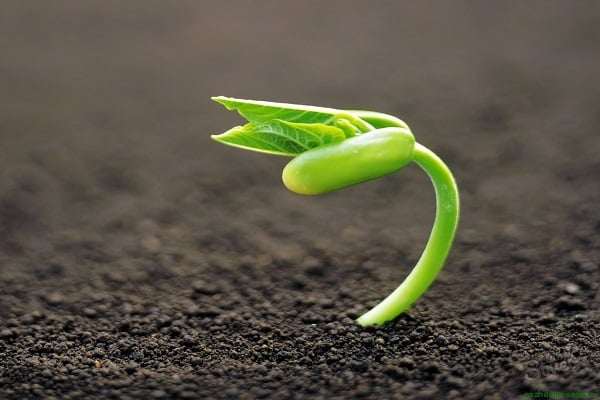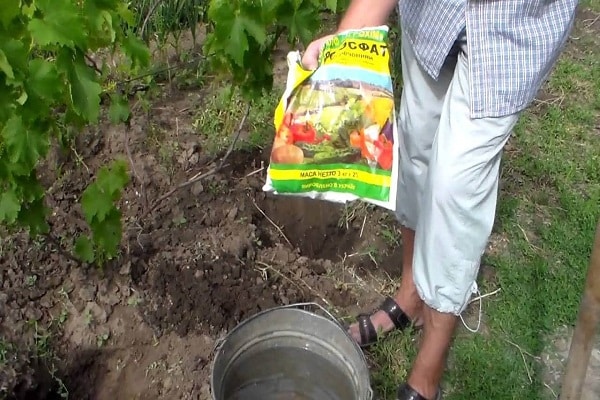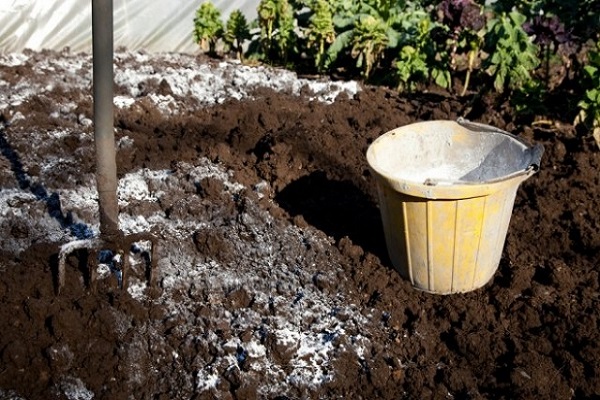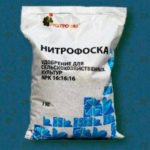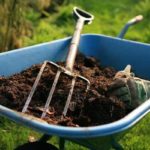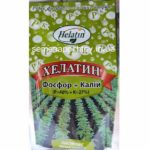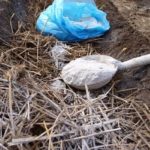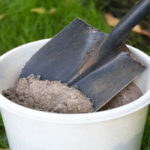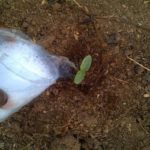Phosphorus is one of those elements without which plants cannot grow normally. Water-soluble phosphorus fertilizers are important for the normal development of all crops. Both an excess and a deficiency of a microelement in the soil leads to the fact that vegetables and fruits begin to grow poorly. With a sufficient amount of phosphorus, crops begin to bear fruit faster and produce rich harvests, and are less susceptible to diseases.
Phosphorus fertilizers - what are they?
Phosphorus fertilizer is a substance that is involved in accelerating the growth of agricultural crops, helps improve the quality and quantity of seeds, and also affects the process of formation of ovaries and fruits.
A deficiency of phosphorus in the soil can lead to decreased yields and wilting of bushes. Different crops require different amounts of the substance, but in any case, all plants need fertilizing with phosphorus-containing fertilizers.
Plants that most need liquid phosphorus fertilizers:
- Carrot.
- Rhubarb.
- Pear.
- Cabbage.
- Grape.
- Apple tree.
- Tomatoes.
- Pepper.
- Gooseberry.
- Cucumbers.
- Beans.
- Raspberries.
- Plum.
- Eggplant.
- Blackberry.
- Potato.
You can also use other types of phosphorus-containing fertilizers for fertilizing.
There are several types of fertilizers. They differ in composition and production method. Depending on the type of fertilizer, the method of application to the soil also differs.
Organic fertilizers
Some types of phosphorus fertilizers are organic. Making this type of fertilizer yourself is quite simple.
Fertilizers with natural composition:
- Bone flour. As you know, bone meal is obtained by grinding the bones of livestock. Fertilizers belonging to this type are used for the active growth of any crops. Tomatoes, cucumbers and potatoes respond especially well to it. Bone meal is suitable for indoor plants. Phosphorus fertilizers, classified as organic, are the safest, unlike chemical ones.
- Compost. You can make your own fertilizer with a high phosphorus content based on herbs.
To prepare the fertilizer you will need:
- Hawthorn.
- Nettle.
- Thyme.
- Wormwood.
- Feather grass.
- Rowan berries.
Based on these herbs, you can prepare your own compost, which will saturate the soil with phosphorus just as well.
Classification
Depending on the level of solubility, four types are distinguished:
- Soluble.
- Liquid.
- Sparingly soluble.
- Water-insoluble.
The last variety is the least common among gardeners.
Soluble phosphate fertilizers include:
- Superphosphate. A popular top dressing among summer residents. You can buy it in stores in the form of granules or powder. In addition to phosphorus, superphosphate contains calcium, sulfur, magnesium and other chemicals. Suitable for application to the soil in open ground and greenhouse shelters. It is better to apply most of the substance in the fall when digging up the site. The second part - in the spring before planting seedlings.
- Superfos. Fertilizers, which are highly concentrated, are available only in granules.
- Double superphosphate. Available in the form of granules, it may contain a small amount of acid. Apply mainly in autumn. Double superphosphate is also used for root and foliar feeding during the season. It is a strong concentrate and should be diluted before use in the spring so as not to burn the roots.
Water-insoluble fertilizers include:
- Ammophos. Gardeners who fertilize vegetable and grain crops, trees, and shrubs with this fertilizer will enjoy a good harvest. Used in the fall when digging up the site. Combines well with nitrogen.
- Diammophos. The second name is ammonium hydrogen phosphate. This chemical element is the main component. Used to reduce soil acidity, increases plant immunity to diseases and insects. Diammophos is combined with bird droppings and manure. When mixing the product with organic fertilizers It must be infused for 24 hours so as not to damage the plants.
- Azofoska. Mineral fertilizer, which is classified as complex. It also contains potassium, nitrogen and a small amount of sulfur. Available in the form of large granules. Azofoska helps increase yield and prevents the development of diseases.
- Precipitate. Refers to lemon-soluble fertilizers. Powdery substance of a light gray hue. The precipitate dissolves in citric acid. Concentrated fertilizer. Used mainly on soils with high acidity.
Hardly soluble fertilizers come with the following names:
- Phosphorite flour. The process of absorption of this substance is slow. It is influenced by factors such as the properties of the plant, the degree of grinding of the flour and the acidity of the soil. You can speed up digestibility if you mix flour with acidic nitrogen-containing fertilizers or peat (you can use manure). Mixing with ash is not recommended.
- Vivianite. Vivianite is mined from iron ore. Vivianite can only be found on sale in powder form. Its properties resemble phosphate rock. Before applying to the soil, the product must oxidize in fresh air.
Liquid phosphorus fertilizers have a complex composition. These fertilizers also contain potassium, nitrogen and other substances. Pure phosphorus is not available in liquid form. The most popular product is Reasil Forte Seed Start.
The advantage of liquid fertilizers is their convenience. They are produced in sealed containers. Can be stored at temperatures down to – 17 degrees. They are applied to the holes before planting seedlings and by foliar application.
Another effective plant growth agent is phosphoric acid.You can fertilize different varieties of plants using orthophosphoric acid. Particular attention should be paid to the acid concentration. If it is concentrated, then it must be diluted in a ratio of 1 tbsp. l. for 10 liters of water. If it is divorced, then you need to know in what proportions. Also, before applying, you should find out the acidity of the soil. If the soil is acidic, the acid will only increase the acidity.
This will negatively affect most crops that grow on the site.
Signs of phosphorus deficiency in the soil
It is quite easy to notice a lack of phosphorus in the soil. The main thing is to monitor the appearance of the crops growing on the site.
Signs of lack of feeding:
- Over time, the stems and leaves of the bushes acquire a dark shade that turns purple.
- The leaves become smaller, begin to wither and fall off.
- Dark spots begin to appear on the lower leaves.
- The plant becomes bushy.
- The bushes slow down and become short.
- The rhizome develops poorly.
- Leaf deformation occurs.
- Due to the underdeveloped root system, the stem falls out of the ground.
All these negative consequences can be avoided if you regularly fertilize the soil. But, before applying fertilizers to the soil, it is important to understand why this happened.
Why does phosphorus deficiency occur in the soil?
Phosphorus deficiency in soil can occur for various reasons.
The most common reasons:
- Incorrect application of fertilizers to the soil.
- The crops that previously grew on the site absorbed all the phosphorus, and its deficiency was subsequently not replenished.
- The seedlings were grown incorrectly.
- The transition of phosphorus into forms that are difficult to assimilate by plants.
- Excessive load on the soil.The soil does not have time to recover between harvesting and planting seedlings.
Phosphorus-containing fertilizers should be applied in the fall after harvesting. Over the winter, all elements will be able to pass into the soil complex and the plants will not lack phosphorus.
Features of application on the site
Water-soluble fertilizers are common among gardeners due to their versatility. As the name suggests, they require water. Suitable for all types of soil.
Sparingly soluble fertilizers are the least popular. This is due to the fact that they require acid. This fertilizer is only suitable for acidic soils. Used mainly in autumn.
The composition of sparingly soluble phosphorus fertilizers includes phosphate rock. It is precisely because of its content that the fertilizer is difficult to dissolve in liquid. Can only dissolve completely in sulfuric or nitric acid.


